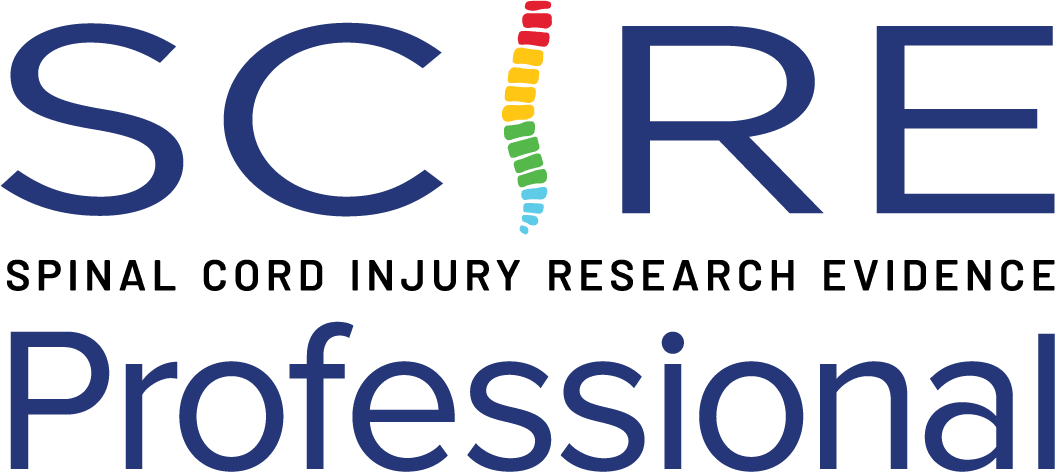Introduction
Loss of function in the lower limbs due to SCI can extend from complete paralysis to varying levels of voluntary muscle activation and sensation. The research on rehabilitation of lower limb function after SCI has generally focused on the recovery of standing and walking. Even when functional walking may not be possible (e.g., in people with complete tetraplegia), lower limb interventions can be used to maintain muscle health as well as reduce other complications, such as decreased cardiovascular health, osteoporosis, spasticity, pain, or wounds.
Clinical prediction rules or tools for prognosticating independent walking after SCI have been developed according to different variables such as age or neurologic outcomes (Hicks et al. 2017; Hong et al. 2023; van Middendorp et al. 2011). The simplified clinical prediction rule of Hicks et al. (2017) (https://www.ambulation.ca/) is likely most recommended in patients with ASIA B or C at baseline, because those with complete injuries (AIS A) are highly unlikely to walk independently, and those with the least severe injuries (AIS D) are highly likely to walk independently post injury (Scivoletto & Di Donna 2009; Scivoletto et al. 2014).
Conventional rehabilitation strategies for enhancing lower limb function after SCI have focused on range of motion (ROM) and stretching, active exercises, electrical stimulation (ES) to strengthen functioning musculature, and functional training in daily mobility tasks. Standing and overground ambulation training are also important components of conventional rehabilitation using various bracing and assistive devices (O’Sullivan & Schmitz 1994; Somers 1992). In the last several years, we have seen increasing emphasis on providing task-specific training of functional movements, such as walking, with the help of body weight support treadmills (BWST). We have also seen exciting advances in technological applications for assisting gait rehabilitation strategies, such as robotic devices or exoskeletons (Hesse et al. 2004; Colombo et al. 2001; Moriarty et al. 2024), and different neuromodulation strategies (Hofer & Schwab 2019).
In the following sections, we review evidence for the efficacy of these rehabilitation interventions on walking ability following SCI. As will be evident from the review, injury level, severity, chronicity, as well as institutional resources, must all be considered to help guide the clinical decision-making process and expected outcomes.
Cite this Chapter: Unger J, Cano Herrera CL, Chu T, Sun E, Fan F, Dhaliwal A, Querée M, Eng JJ (2025). Walking Following Spinal Cord Injury. In Eng JJ, Teasell RW, Miller WC, Townson AF, Hsieh JTC, Noonan VK, Mortenson WB, Allison D, Bateman EA, Loh E, Sproule S, Unger J, Joyce S, Querée M, editors. Spinal Cord Injury Rehabilitation Evidence. Vancouver: p 1- 262. Available at: https://scireproject.com/evidence/lower-limb-and-walking/introduction/
